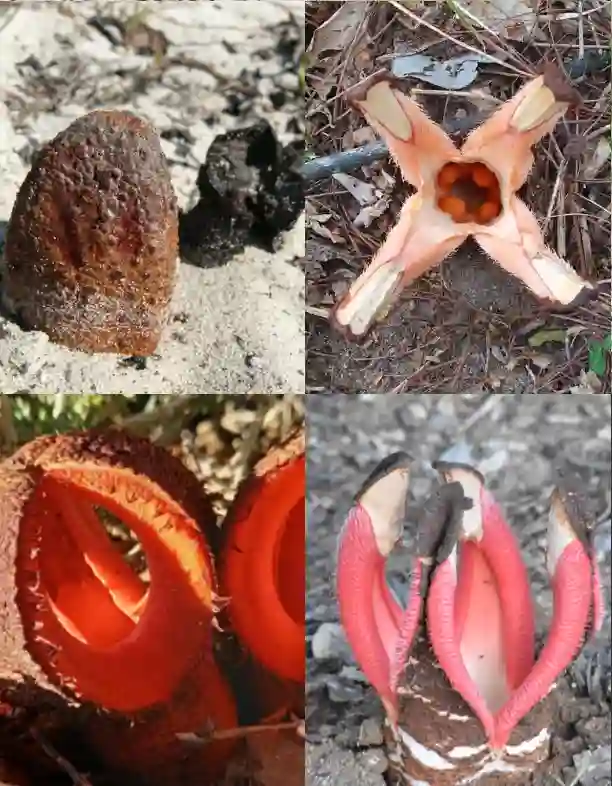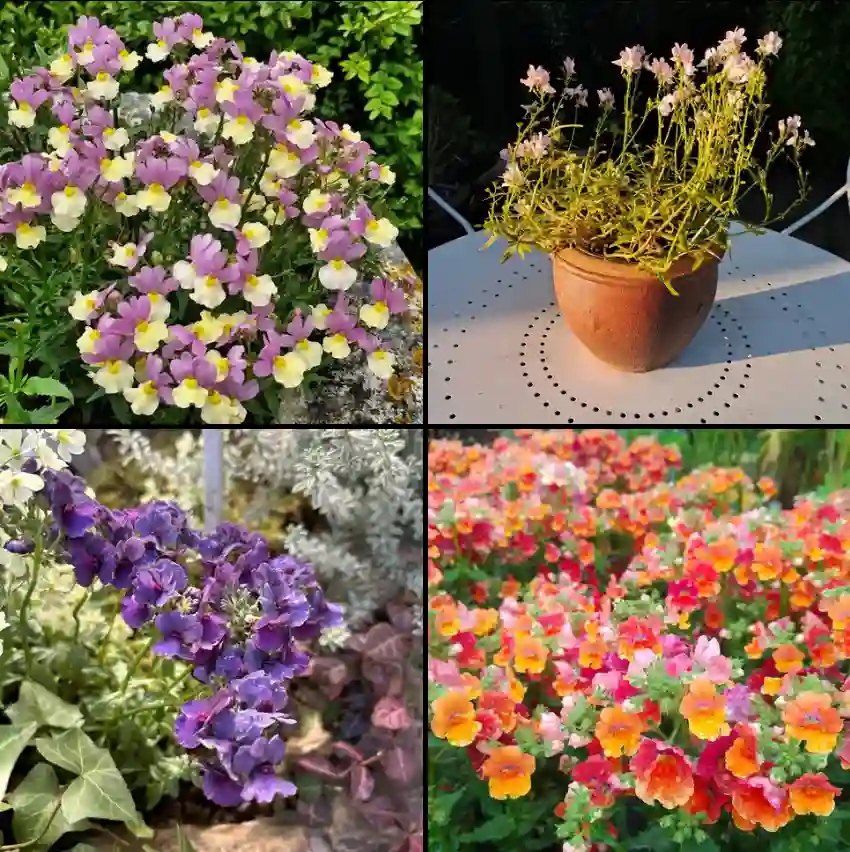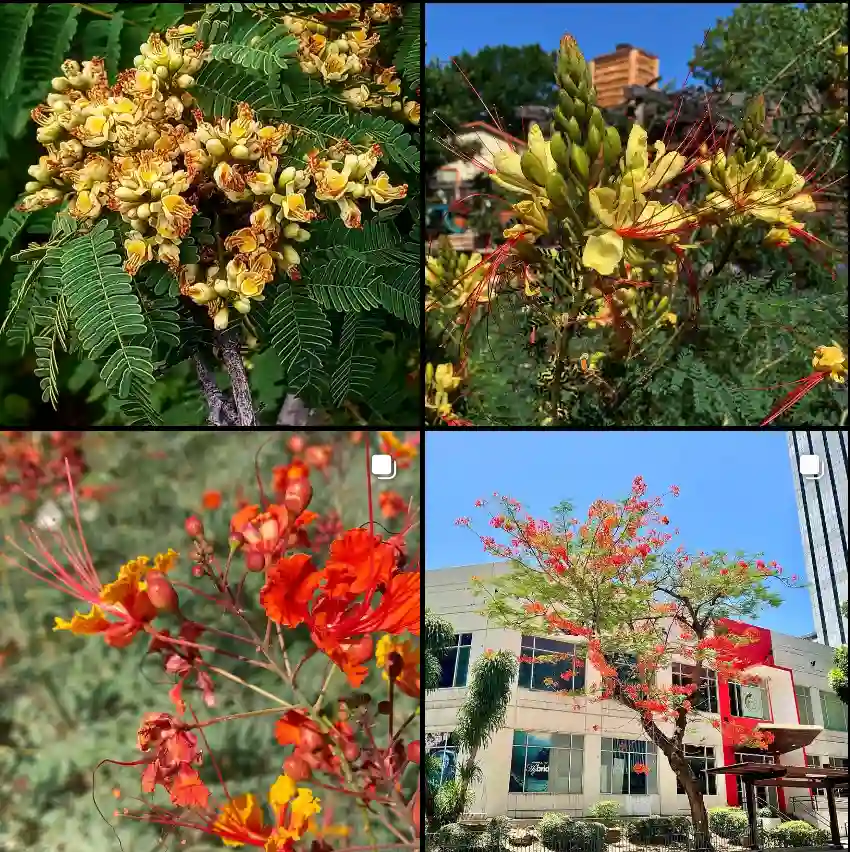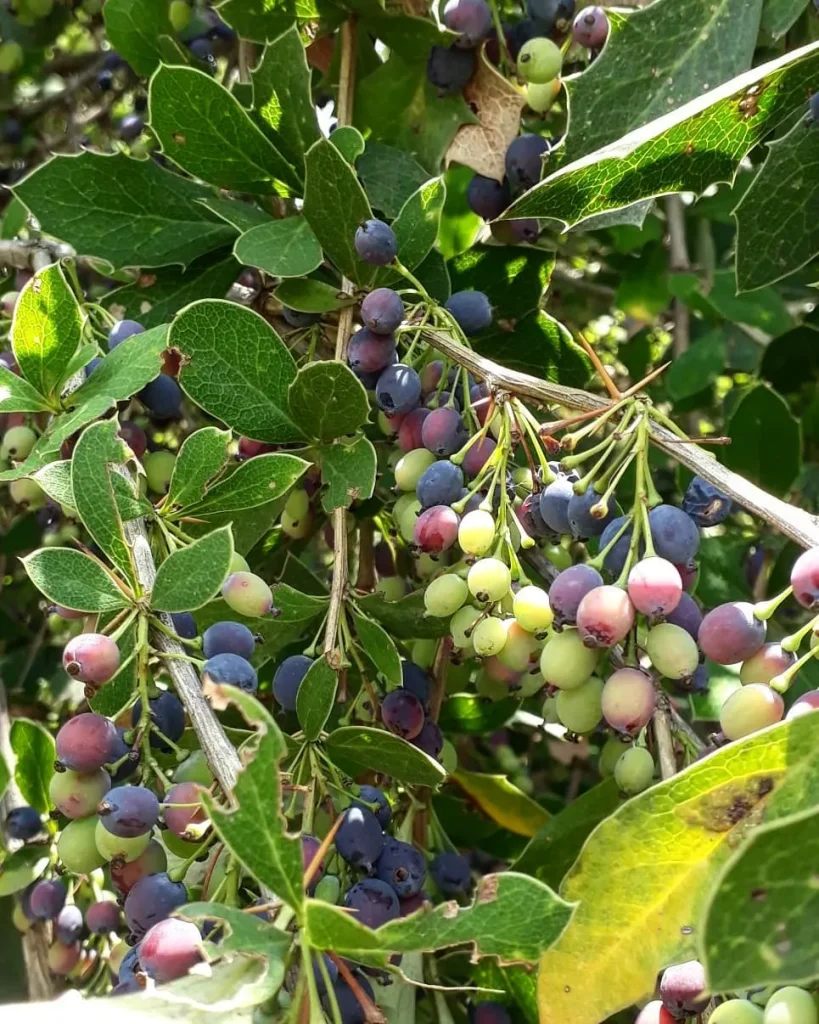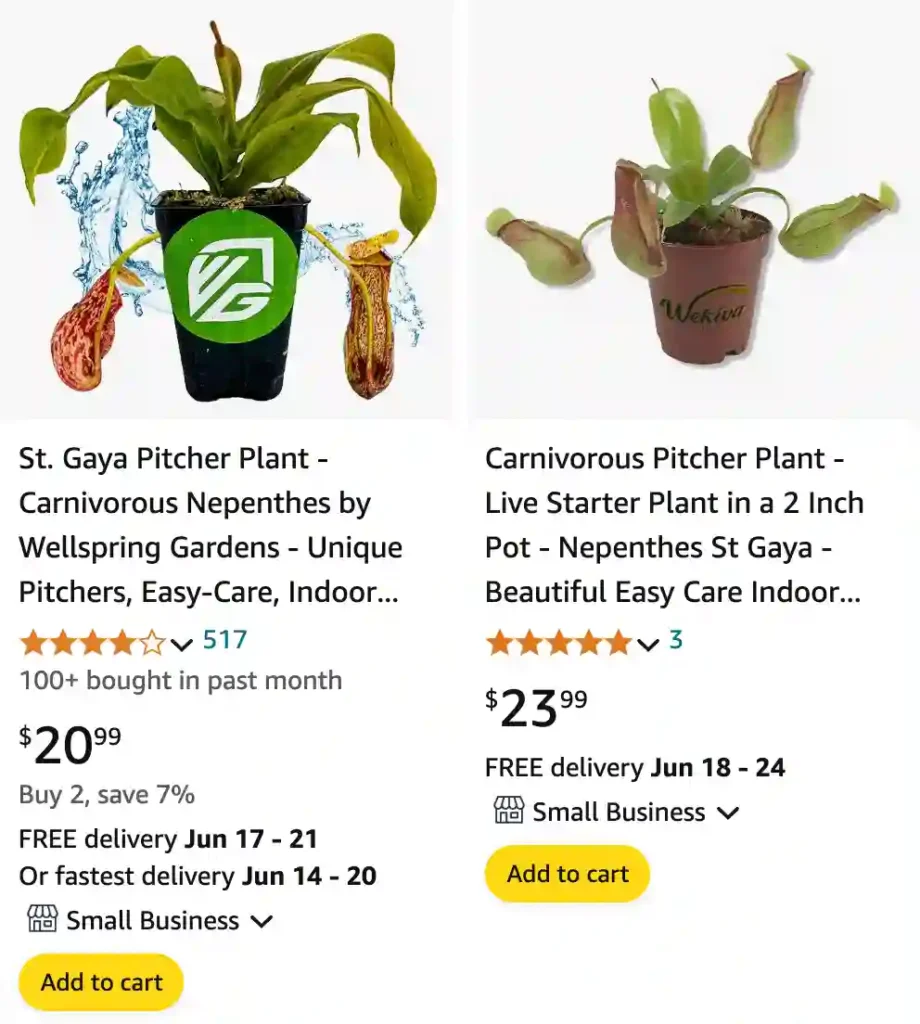
All About My Nepenthes Gaya: A Pitcher Plant for Beginners (and Busy People)
Hey there, plant enthusiasts! Ferb Vu here, and today I want to talk about a truly fascinating carnivorous plant that’s become a star in my collection: the Nepenthes Gaya.
This stunning hybrid is known for its vibrantly colored pitchers that trap unsuspecting insects. But what truly makes the Nepenthes Gaya special is its forgiving nature. Unlike some finicky carnivores, this beauty is surprisingly easy to care for, making it perfect for beginners or busy plant parents like myself.
Intrigued? Let’s delve into the world of Nepenthes Gaya!
Plant Family: Nepenthaceae – 207 Species in Genus Nepenthes
What is a Nepenthes Gaya?
The Nepenthes Gaya is a man-made marvel, a captivating hybrid of Nepenthes ventricosa and Nepenthes spectabilis. It inherits the best traits from both parents, boasting the elegance of Nepenthes ventricosa’s elongated pitchers and the vibrant red hues of Nepenthes spectabilis.
These eye-catching pitchers are more than just decoration; they’re sophisticated traps for insects. The Nepenthes Gaya lures prey with a sweet-smelling nectar produced around the rim. Once an insect lands, it loses its footing on the slippery surface and plunges into the digestive fluid at the pitcher’s base. Brutal, yes, but undeniably cool!
Nepenthes Gaya vs. Other Pitcher Plants: Picking Your Perfect Predator
The Nepenthes family boasts a wide variety of carnivorous wonders, each with its own quirks. Here’s a quick comparison to help you decide if the Nepenthes Gaya is your perfect match:
- Nepenthes Miranda: This dazzling hybrid shares the Nepenthes Gaya’s ease of care and vibrant pitchers. However, it requires slightly higher humidity levels.
- Nepenthes Cephalotus: Affectionately nicknamed the “Albany Pitcher Plant,” this Australian native thrives in cooler temperatures and lower humidity, making it a good fit for temperate climates.
- Nepenthes Ventricosa: A parent of the Nepenthes Gaya, the Nepenthes ventricosa is known for its classic green or red pitchers. It can be slightly more finicky with humidity than its offspring.
Ultimately, the best choice depends on your environment and experience level. The Nepenthes Gaya’s adaptability makes it a great all-rounder, while other varieties might be better suited for specific conditions or experienced carnivorous plant enthusiasts.
How to care for Nepenthes Gaya Care?
Now, let’s get down to the nitty-gritty: keeping your Nepenthes Gaya thriving. Here’s what you need to know:
- Light: Your Nepenthes Gaya craves bright, indirect sunlight. A few hours of morning sun is ideal, but avoid harsh afternoon rays that can scorch the leaves and pitchers.
- Water: Use distilled water, rainwater, or reverse osmosis water to avoid mineral build-up. Keep the soil consistently moist, but not soggy. Watering 2-3 times a week is a good starting point, adjusting based on your climate.
- Humidity: While the Nepenthes Gaya tolerates average household humidity, it thrives in a more humid environment (around 60-80%). You can use a pebble tray, humidifier, or terrarium to create a more tropical feel.
- Feeding: Feeding your Nepenthes Gaya isn’t essential, but it can supplement its nutrient intake. Occasional bloodworms, small flies, or specially formulated carnivore food can be offered.
- Temperature: These tropical beauties prefer warm temperatures between 50-85 degrees Fahrenheit. Avoid sudden temperature drops or cold drafts.
- Soil: A well-draining, airy potting mix is crucial. A common option is a mixture of sphagnum moss, perlite, and orchid bark.
Common Nepenthes Gaya Concerns: Troubleshooting Like a Pro
Even the easiest plants can throw us curveballs sometimes. Here are some common Nepenthes Gaya issues and how to tackle them:
- Brown leaves: This could indicate underwatering, excessive sun exposure, or mineral build-up from tap water. Adjust your watering routine, provide shade if needed, and stick to distilled water.
- Drooping pitchers: This usually signifies dehydration. Increase watering frequency or humidity levels.
- Lack of pitchers: Young Nepenthes Gaya might not produce pitchers yet. Give it time to mature and ensure proper growing conditions.
- Pests: Aphids and mealybugs can occasionally be a problem. Neem oil spray or insecticidal soap are effective solutions.
Nepenthes Gaya: A Rewarding Addition to Your Plant Family
The Nepenthes Gaya is more than just a pretty face; it’s a captivating conversation starter and a testament to the wonders of plant evolution. With its forgiving nature and stunning looks, it’s a perfect fit for plant enthusiasts of all levels.
Here are some additional thoughts and tips for your Nepenthes Gaya journey:
- Patience is key: Like most carnivorous plants, the Nepenthes Gaya takes time to mature and produce its best pitchers. Don’t be discouraged if it doesn’t look like a magazine cover specimen right away.
- Enjoy the journey: The beauty of the Nepenthes Gaya lies not just in the final product, but in the process of watching it grow and develop. Observe how the pitchers form, the way the leaves unfurl, and the unique ecosystem it creates within its traps.
- Join the carnivorous plant community: There’s a wealth of knowledge and support available online and at local plant societies. Connecting with other carnivorous plant enthusiasts is a fantastic way to learn more, share experiences, and troubleshoot any challenges.
With a little TLC and a sprinkle of curiosity, you can cultivate a thriving Nepenthes Gaya that will bring a touch of the exotic to your home. So, why not give this remarkable pitcher plant a try? You might just be surprised by the rewards!
If i die, water my plants!
